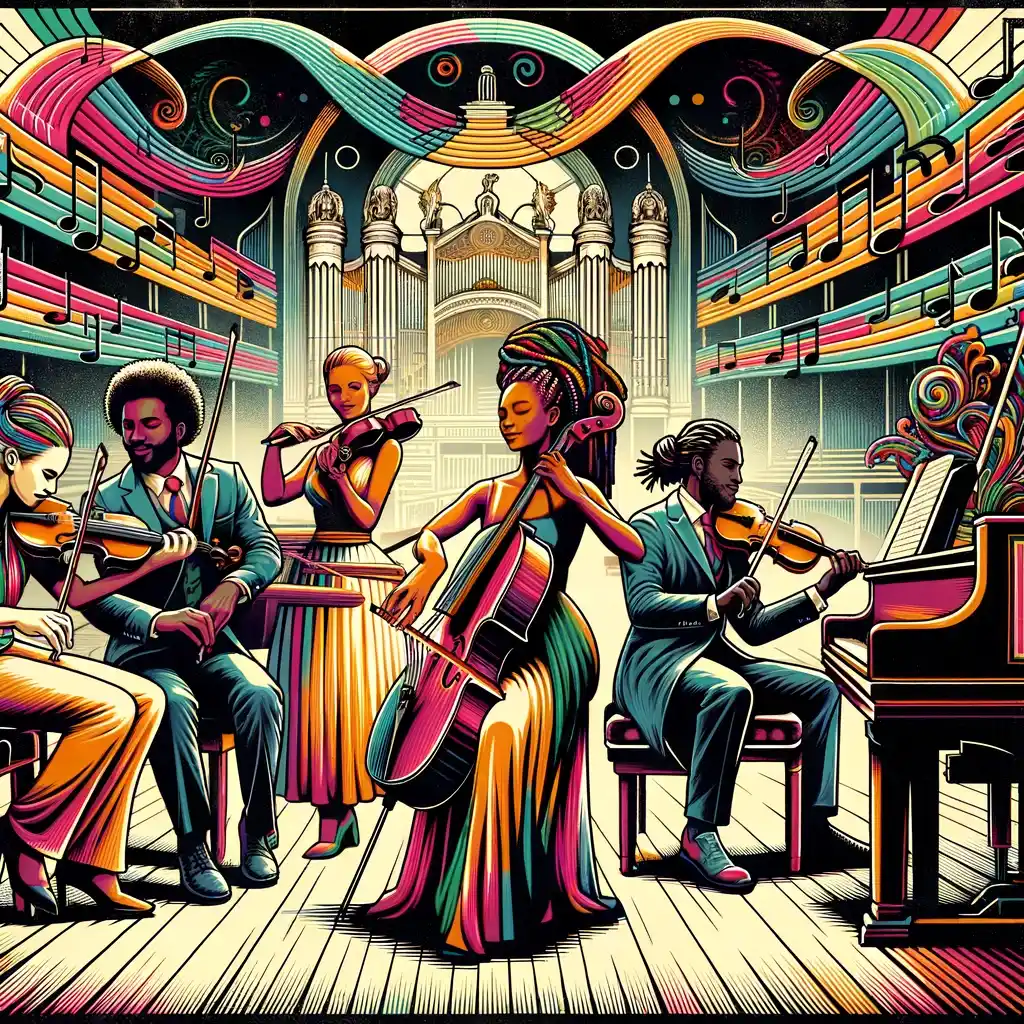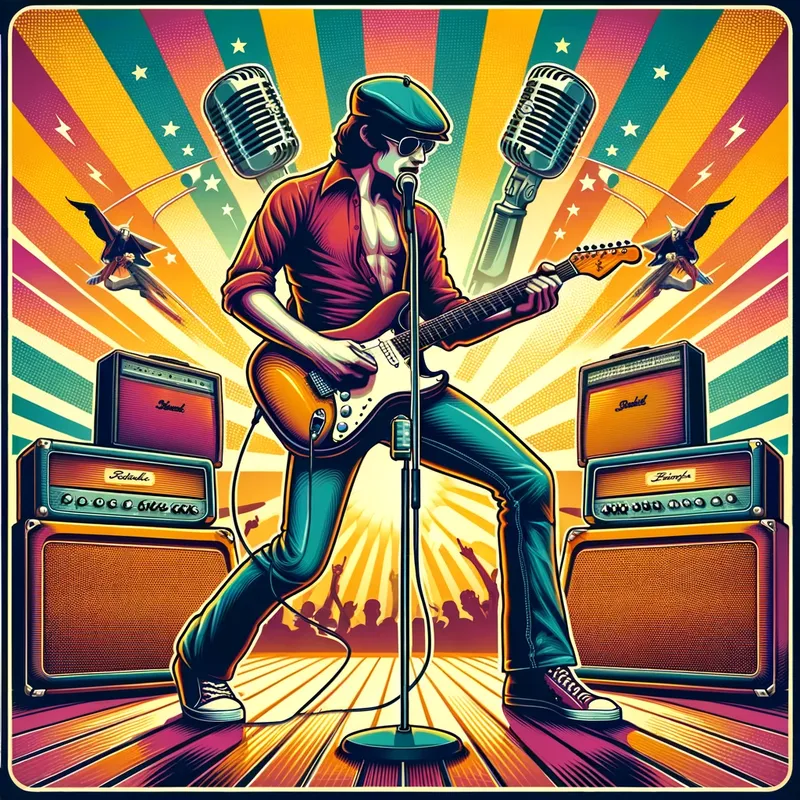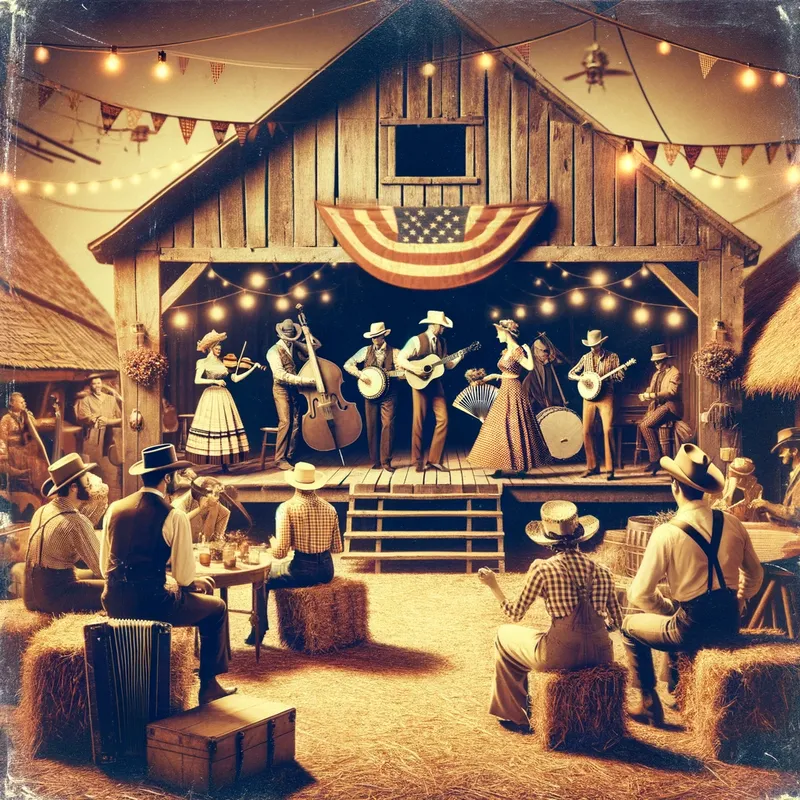Trance Music

Table of Contents
What Exactly is Trance?
Trance is a subgenre of electronic dance music (EDM) that originated in the early ‘90s. It’s characterized by hypnotic melodies, repetitive rhythms, and an overall sense of euphoria. With BPMs typically ranging from 125 to 160, Trance is the stuff of epic build-ups and emotional breakdowns.
The Birth and Rise
Trance got its kickstart in Germany in the early ‘90s, thanks to DJs and producers like Paul van Dyk and ATB. From there, it exploded into the global EDM scene, capturing the imagination of ravers, club-goers, and casual listeners alike.
The Elements: What Makes Trance, Trance?
Here’s a rundown of Trance’s essential elements:
- Build-up: Slow introduction of elements that lead to a climax.
- Breakdown: Emotional or ambient interlude, often with vocals or an instrumental melody.
- Drop: The crescendo after the breakdown where the full beat returns.
The Subgenres
From its roots, Trance has sprouted a tree of sub-genres, each with its own flavor:
- Psytrance: Fast beats and psychedelic elements.
- Progressive Trance: Slower, with intricate melodies.
- Vocal Trance: Prominent vocals set to Trance beats.
- Uplifting Trance: Aimed at bringing euphoric feels.
Who’s Who: The Musicians of the Trance
Big names like Armin van Buuren, Tiësto, and Ferry Corsten were some of the early pioneers. Today, artists like Aly & Fila, Above & Beyond, and Dash Berlin continue to evolve the genre.
Trance and Pop Culture
You’ll find Trance in places you didn’t even think to look: from film scores to sporting events, to even the occasional pop crossover hit. It’s a genre that’s dug its heels deep into the fabric of global culture.
Trance Family
Trance is not just about the beats; it’s a community. Ever heard of Trance Family? They’re groups of fans who connect online and at events, sharing a unique bond that only this kind of music can forge.
It’s like a religion for some – a transcendental experience that gives a whole new meaning to ‘feeling the music.’


